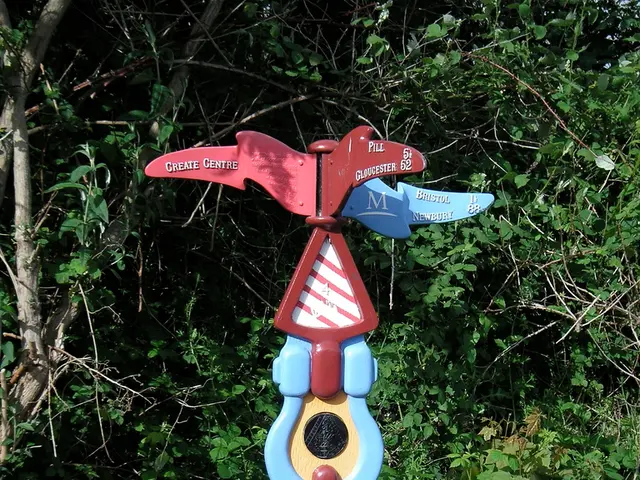Weekly updates from the German Federal Parliament (Bundestag)
The German government has proposed a significant budget for 2025, aiming to address various national priorities such as security, infrastructure, digitalization, and support for Ukraine. The budget, totalling 488.61 billion euros, represents a substantial increase of 36.8 billion euros compared to the previous financial planning.
One of the key areas of focus is the economic growth and development of SMEs, crafts, and structurally weak regions. While the specific budget allocation for these sectors is yet to be detailed, several initiatives and trends suggest potential benefits.
Improving Business Sentiment
The KfW-ifo SME Barometer indicates a positive outlook for SMEs, with growing confidence in the economy. This optimistic trend, despite global challenges like trade conflicts and regional conflicts, is a promising sign for the future of SMEs.
Energy Costs and Relief Measures
High energy costs, particularly electricity, pose a significant challenge for SMEs. The German government is considering relief measures such as reducing electricity taxes and grid fees to support SMEs and crafts, potentially lowering operational costs.
Research and Development (R&D) Funding
The R&D tax credit has become a significant funding instrument, particularly benefiting SMEs. This support can enhance innovation and competitiveness in structurally weak regions.
Growth Initiative
A growth initiative comprising 49 measures has been launched, aiming to reduce bureaucracy, simplify tax write-offs, and promote research. These measures, if implemented effectively, could further boost the performance of SMEs and crafts.
Budget Allocation Details
While specific budget allocations for SMEs, crafts, and structurally weak regions in the 2025 federal budget are not provided in the available information, initiatives aimed at reducing energy costs and supporting R&D are crucial for these sectors.
In summary, the federal budget for 2025 could positively impact SMEs, crafts, and structurally weak regions through energy cost reductions and R&D funding, but detailed budget allocations are needed for a comprehensive analysis. As the budget negotiations unfold, the focus will be on scrutinizing the draft and advocating for improvements, particularly in areas where savings are planned.
- The science and technology sector could witness growth as the R&D tax credit, a significant funding instrument, particularly benefits Small and Medium-sized Enterprises (SMEs), potentially augmenting innovation and competitiveness in structurally weak regions.
- The health-and-wellness sector may observe alterations in energy costs, as the German government deliberates on relief measures such as reducing electricity taxes and grid fees to support SMEs, potentially lowering operational costs for these businesses.
- Finance professionals and economists alike might monitor the 2025 budget allocation for education and self-development, as a growth initiative comprising 49 measures has been launched, aiming to simplify tax write-offs and reduce bureaucracy, which could foster business growth.
- Social media platforms and media organizations may cover political debates surrounding the allocation of the 2025 federal budget, particularly pertinent discussions on budget allocations for SMEs, crafts, and structurally weak regions during budget negotiations, as various political factions advocate for improvements.
- General news outlets and sports channels might report on the impact of the budget on sports businesses, as both energy costs and support for research and development could influence the performance of SMEs, crafts, and sports organizations in this sector.




